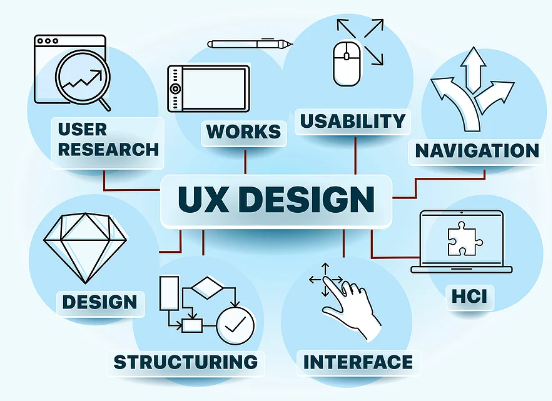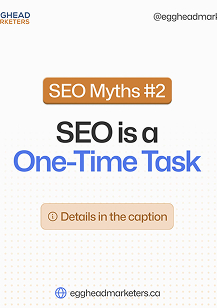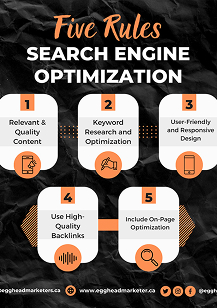User experience (UX) design is pivotal in website development today. With so many online options, having an intuitive, seamless user experience can set your website apart. Professional web designers utilize various techniques to optimize UX and create sites that effectively engage visitors.

Understanding UX Psychology
One of the main aspects of UX design is to learn how human behaviour works. Professional design practitioners take time to do thorough research to understand consumer’s thought processes and online behavior. This allows them to art the site interactions that match users’ mental schemas. Take, for instance, such principles are visibility, feedback, and consistency with user expectations will make the interactions more intuitive.
Simplifying Navigation
Nothing frustrates visitors more than confusing navigation. Professional designers utilize information architecture principles to organize content in an easily scannable and logically structured manner. This includes using well-labeled menus, categorizing content effectively, implementing site searches, and using visual cues to direct visitors. Optimizing navigation this way helps visitors easily find information and accomplish goals efficiently.
Focus On Performance
Long load times quickly lead to abandonment. Professional web design firms optimize sites for fast performance by minifying code, compressing images, and eliminating unnecessary plugins. Implementing caching and using lightweight web fonts also accelerates load speeds. These best practices reduce friction by enabling near-instantaneous interactions to engage users better.
Improving UX Readability: Enhancing Scannability
Web visitors tend to scan pages rather than read every word thoroughly. Recognizing this behavior, professional web designers optimize content for easy skimming by formatting it in scannable ways. This includes incorporating succinct yet descriptive subheadings that signal key takeaways upfront. Designers also chunk content into short paragraphs spanning just one to three sentences. This allows readers to rapidly extract essential ideas without wading through dense blocks of text.
Other scannability best practices include using bulleted or numbered lists, bolding keywords, highlighting impactful pull quotes, and supplementing text with supporting graphics. Generous use of white space between elements also prevents pages from feeling visually overwhelming. Formatting content this way allows web visitors to quickly glean value a glance rather than requiring intensive reading. By catering to modern attention spans, professional designers deliver content for maximum skimming and comprehension. Enhanced scannability thus directly translates into better overall user experiences.
Incorporating Visuals
Professional web designers or web design firms recognize visual content’s ability to make information more digestible and impactful. Rather than relying solely on written content, they strategically incorporate graphics to reinforce and amplify messaging. When used effectively, images, infographics, data visualizations, illustrations, and videos can communicate intricate concepts far more clearly and succinctly. Designers know that visuals tap into our brain’s powerful visual processing capabilities for faster comprehension.
Great visuals also capture visitor attention better and make for more memorable user experiences across learning styles. Even the savviest text-based content struggles to compete with high-quality graphics that creatively transform complex data into easily scannable layouts. Professional web designers leverage visuals’ strengths, using images and data visualizations to both bolster written messaging and efficiently allow key information absorption a glance. When skillfully created and integrated, visual content brings experiences to life in vivid clarity.
Optimizing For Mobility
With a majority of web traffic now originating from mobile devices, delivering optimal user experiences across smartphones and tablets is mandatory. Professional designers employ responsive web design techniques that dynamically adapt sites to look great on any screen size. This involves implementing flexible grids, fluid images, and media queries that reorder and resize page elements as necessary. It allows content to seamlessly reflow across phones, tablets, laptops, and desktops accessing the site.
By taking a mobile-first approach to UX, professional designers ensure mobile ease of use is not an afterthought. Visitors can conveniently access sites on the go without frustrating pinching, zooming, or excessive scrolling. Pages readily self-optimize for smaller screens by intelligently prioritizing and arranging content. Designers also minimize bandwidth usage for quick loading. The end result is sites offering seamless user experiences regardless of visitors’ devices. Mobility is the new reality of web usage, and professional designers readily embrace the challenge.

Obsess Over Testing
Even websites that launch with seemingly flawless user experiences can stand to improve. Professional web designers recognize this, avoiding complacency by relentlessly testing sites after release. They heavily rely on analytics tools like heat maps and user session recordings to reveal how actual visitors navigate sites. Heat maps indicate which areas attract attention versus which are ignored. Meanwhile, session recordings uncover usability obstacles by showing exactly how visitors interact with pages.
Top designers also moderated user testing by having focus group participants complete common tasks on sites. Observing real people firsthand attempt to find information or make purchases often uncovers UX issues that data alone does not show. By thoroughly evaluating sites from the visitor’s perspective, web designers pinpoint problems that degrade experiences. Identifying and rapidly fixing these UX flaws based on visitor testing data is key for creating optimally intuitive and user-friendly websites over time. No amount of testing is too much when striving for website perfection.
Ongoing Iteration
The web design process for a professional should not be a one-off activity. They realize that providing a perfect user experience is a process that requires constant tuning and upgrading. The designers do not finish their website development and think that they have finished their job, but they constantly keep track of the analytics and user behavior. This allows farmers to understand the evolving patterns of usage and changes in the visitors’ preferences.
User interests embodied in these insights enable professional designers to often revisit and revise the site experiences. They can add small improvements, such as adjusting menu options or trialing others. But they might engage in a more sizeable iteration whereby they increase or remove features depending on their popularity or unpopularity. Such a ceaseless cycle of measuring and improvement sees that the sites always provide awesome experiences fully optimized for the specific users’ needs in the long run. The ultimate goal is to achieve a good UX, but we want the best possible UX.
Conclusion
Creating a successful user experience design requires a blend of psychology, information architecture, design principles, and a user-centered perspective. Skilled web design professionals harness this expertise to develop websites that effectively engage users by understanding and mirroring their behaviors and preferences. While achieving this synergy isn’t always easy, prioritizing and continually enhancing UX as a primary objective drives customer engagement and business prosperity. Businesses seeking to establish a strong digital presence can benefit greatly from implementing these principles in their web design strategies. Connect with the UX specialists at EggheadMarketers to explore ways to further enhance the user experience of your website.












